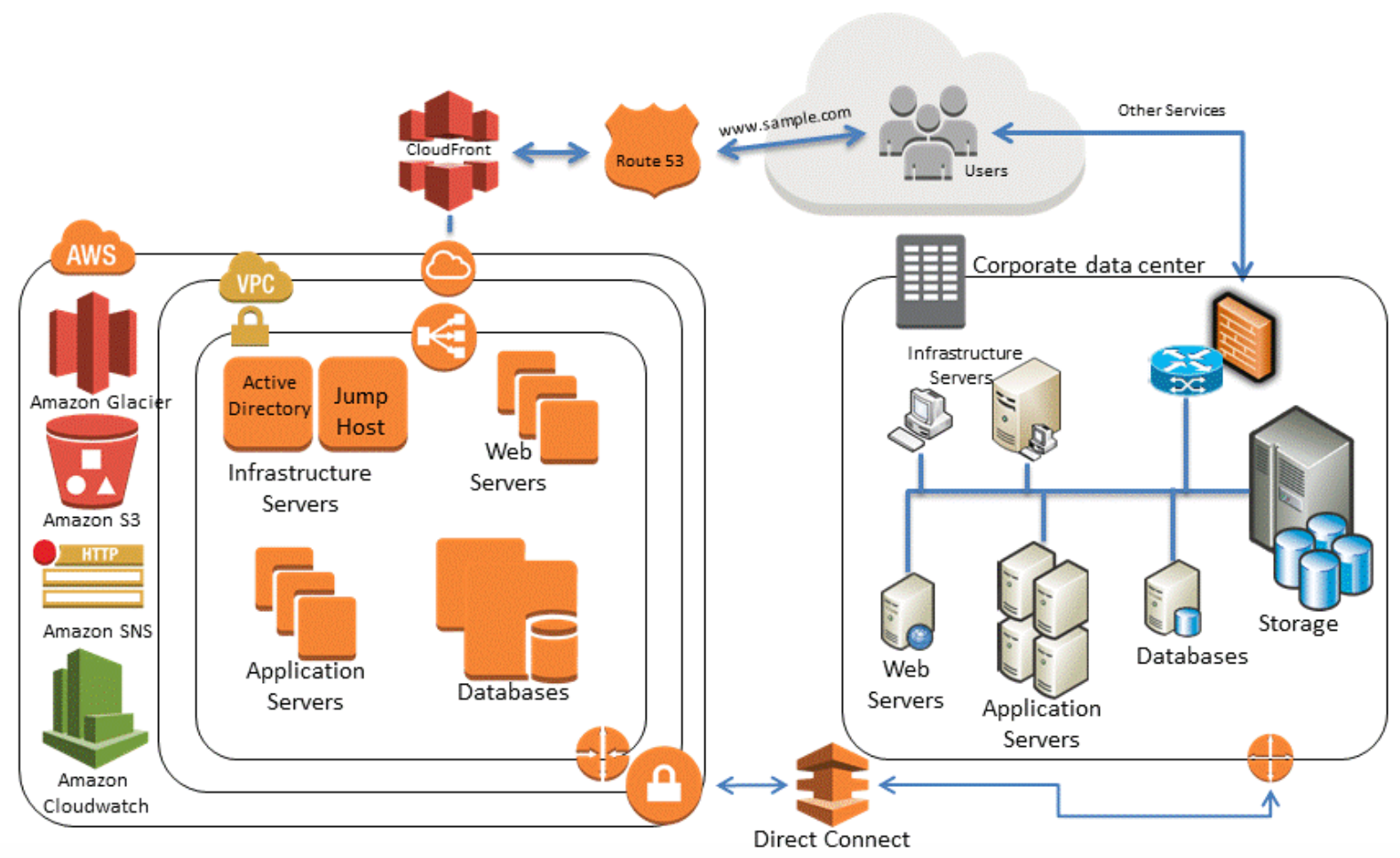

One cannot fairly compare backup products without also examining the recovery process. Given what Amazon charges its customers for storage, there is a good chance that an organization might be able to decrease its backup costs by storing backup data on a different cloud. Amazon bills subscribers for the storage that is consumed by their backups. This brings up another important point for your AWS backup strategy. In contrast, many third-party backup providers offer products that can store backups outside of the Amazon cloud. If an organization's AWS account gets compromised, then any backups stored within the AWS cloud could potentially suffer the same fate as the organization's primary data. While it is unlikely that the entire AWS cloud would be somehow compromised, attacks against individual subscribers do happen. As such, a cloud-level attack or outage would put an organization's AWS data and the backups of that data at risk. One of the most important considerations when deciding on an AWS backup strategy is which resources a particular product is capable of protecting.Īlthough backup vaults are secure and easy to create, they do have one major shortcoming: Backup vaults exist within the Amazon cloud. AWS offers several different types of storage. However, organizations must consider whether or not AWS Backup can provide application-consistent backups of their non-Microsoft workloads, or if they will require a third-party product. AWS snapshots have supported application consistency through Volume Shadow Copy Service for a while now, which is good news for organizations running Microsoft workloads on Elastic Compute Cloud (EC2) instances. AWS Backup is based on the use of snapshots. For those who might not be familiar with the Storage Gateway option, it is a service that allows AWS subscribers to create iSCSI volumes accessible from on-premises systems.Īnother important consideration is application consistency. AWS Backup, for example, can back up DynamoDB, Elastic Block Store, Elastic File System, Relational Database Service and Storage Gateway data. One of the most important considerations when deciding on an AWS backup strategy is which resources a particular product is capable of protecting. With Amazon EFS, there’s a small charge per GB for warm storage and a much lower one for cold storage.ĪWS Backup is ready for use.There are several factors that subscribers must consider for their AWS backup strategy and to decide if it's better to protect their data using Amazon's product or an outside one. Finally, you are charged the regular charges for backups made with the built-in snapshot function.Currently planned enhancements include cross-region functionality. You may use AWS Backup within an AWS Region.

You may use the AWS Command Line Interface (CLI) and AWS Backup APIs to access all of AWS Backup’s functions.For now, it supports EBS, RDS, DynamoDB, EFS and Storage Gateway. Other services will be included with the Backup service over time.You will also be able to restore data when you need it. With this level of control, you may determine how what your back up strategy will be on a regular basis, and ascertain that your data will be backed up exactly how you want it. All your backups are grouped into what’s called a vault, which is then secured by a KMS key. AWS Backup will also consolidate the snapshots and other related data into a recovery point. By instituting life cycle rules, you can establish how stored backups may expire or be tiered. You can single out items for back up or have a policy save them by marking them with tags. You may employ rules to determine backup schedule, frequency, and backup window. With Storage Gateway, you may even add your on-site data into the backups you generate. You may even move the older generation backups in S3 to Amazon Glacier. Used in coordination with these snapshot utilities, AWS Backup lets you save data from EBS, EFS, RDS, DynamoDB, and Storage Gateway to Amazon S3. It’s entirely possible to create backups using the built-in snapshot functions in the AWS services, but to do so for an entire business would mean an endless amount of work. AWS Backup is a new cloud service that will helps you create your backups across your entire enterprise.


 0 kommentar(er)
0 kommentar(er)
